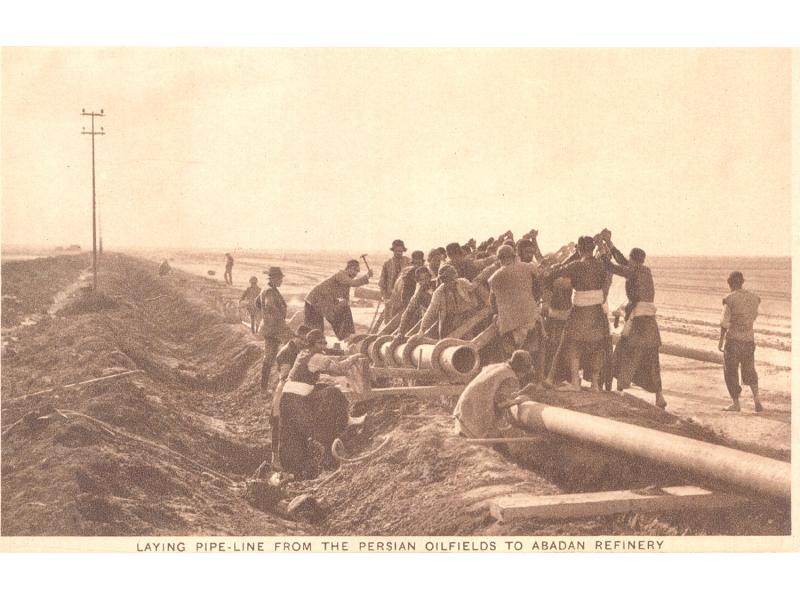The oil boom that ignited the modern oil industry occurred in Oil Springs between 1858 and 1865. Petrolia had a slow start but the King Well of 1866 kickstarted an enormous oil boom that stretched into the early 1900s.
In 1878, Jacob Englehart opened the massive state-of-the-art Silver Star refinery in Petrolia to replace his London refinery. Silver Star was the biggest in Canada, refining more than 340,000 litres (75,000 Imperial gallons) of crude at once.
Two years later, Englehart became a founding member of Imperial Oil which was set up to band oil producers together to stand firm against J.D. Rockefeller’s powerful Standard Oil Company south of the border. The Silver Star refinery became an Imperial Oil refinery. But Standard Oil succeeded in taking over Imperial Oil. Silver Star was closed and refining moved to Sarnia in 1898.
The horse and wagon transportation to Wyoming peaked around 1881 and employed hundreds of teamsters. Short pipelines gradually began in Petrolia in 1875 to overcome the impassable roads. By 1881, Petrolia had pipelines reaching nearly 10 km. This was also the year that more oil was found at deeper depths in Oil Springs and a pipeline was built from Oil Springs to Petrolia. A second one followed two years later.
By 1897, there were pipelines everywhere. Petrolia producers pumped their oil to one of Petrolia’s four receiving stations and there was one in Marthaville too. A producer without a pipeline connection would use a wooden tank of eight barrels to transport the crude to a receiving station. At the receiving station, it was pumped into a wooden storage tank. When the refiner asked for a shipment, the oil was then pipelined from Petrolia to Sarnia.



 Lambton men were in high demand all over the world because of their skills in the oil business. Here they are managing the construction of a pipeline in Persia.
Lambton men were in high demand all over the world because of their skills in the oil business. Here they are managing the construction of a pipeline in Persia.
Add new comment